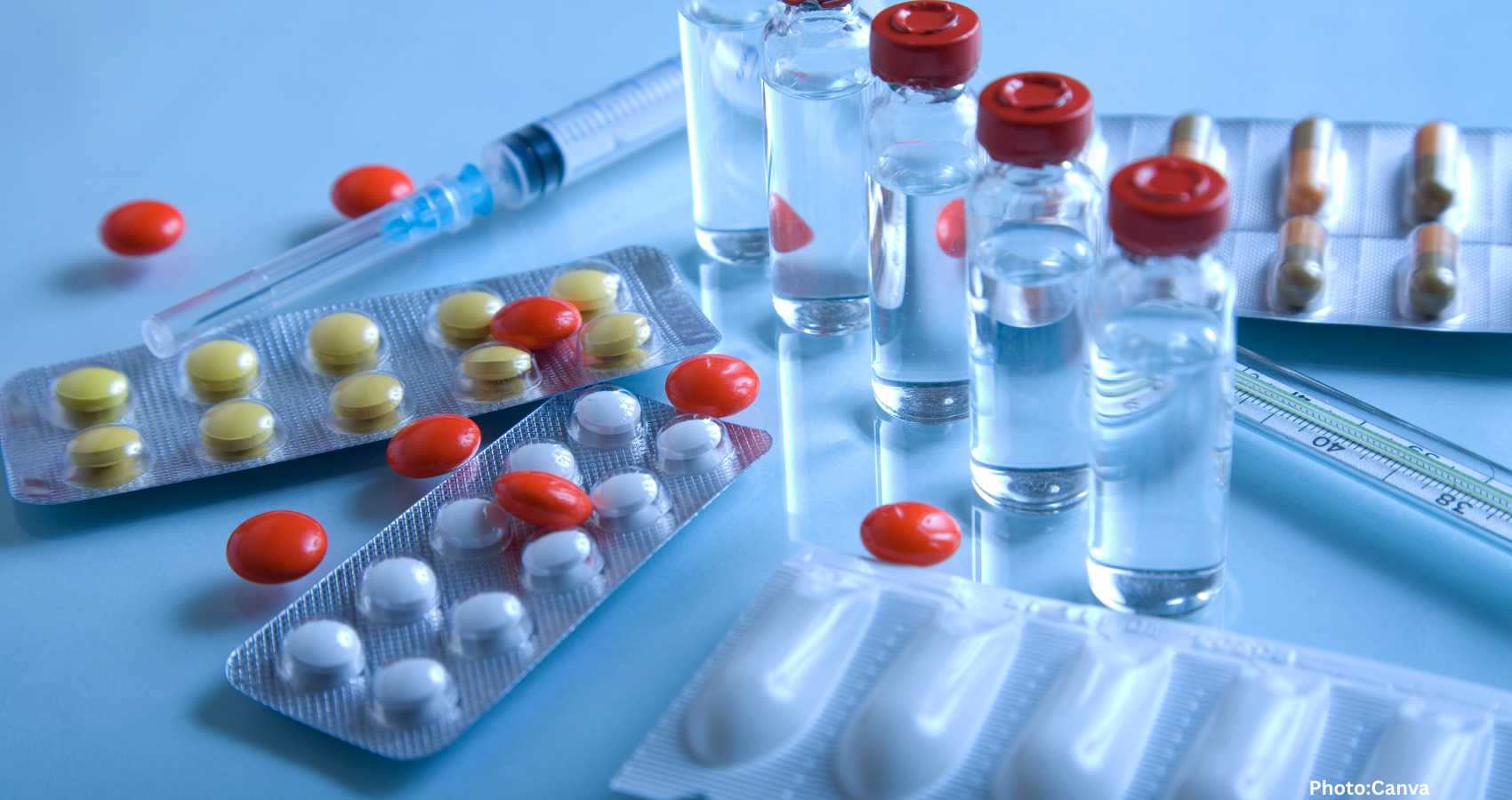India’s pharmaceutical exports have climbed by 92% over the past six years, spurred by strategic government initiatives and the Aatmanirbhar Bharat vision.
India’s pharmaceutical industry has experienced a significant boost, with exports expanding from Rs 1,28,028 crore in the fiscal year 2018–19 to Rs 2,45,962 crore by 2024–25. This impressive growth was confirmed by Minister of State for Chemicals and Fertilisers Anupriya Patel during a session in the Lok Sabha, with the minister emphasizing the impact of targeted schemes in fostering such expansion.
The growth trajectory can be attributed to several government initiatives, including the Promotion of Research and Innovation in Pharma MedTech Sector (PRIP), the Production Linked Incentive (PLI) Scheme for Pharmaceuticals, and the Scheme for Promotion of Bulk Drug Parks.
The PRIP scheme, endowed with a budget of Rs 5,000 crore, aims to catalyze a shift in the pharmaceutical and MedTech sectors from traditional cost-based models to innovation-driven growth. This initiative particularly focuses on strengthening research and development, enhancing collaboration between industry and academia, and promoting drug discovery as well as development. Remarkably, under this scheme, seven Centres of Excellence have been established.
The PLI schemes have also played a crucial role. Since the launch of the PLI Scheme for Pharmaceuticals, India has seen a substantial enhancement in domestic manufacturing capabilities, allowing for diversification into high-value products. By March 2025, investments in this scheme totaled Rs 37,306 crore, surpassing the initially committed Rs 17,275 crore over six years. Sales of approved products from the PLI Scheme for Pharmaceuticals reached a cumulative Rs 2,66,528 crore, with exports accounting for Rs 1,70,807 crore of that total.
Likewise, the PLI Scheme for Bulk Drugs was instituted with a Rs 6,940 crore allocation to mitigate India’s reliance on critical imports by stabilizing the domestic supply of active pharmaceutical ingredients (APIs). Against a committed investment of Rs 3,938.5 crore, the scheme attracted actual investments of Rs 4,570 crore by its third year, indicating a positive trend towards self-reliance.
Additional initiatives include the Pradhan Mantri Bhartiya Janaushadhi Pariyojana, which aims to provide affordable, high-quality generic medicines through the extensive network of Jan Aushadhi Kendras (JAKs). By June 6, 2025, approximately 16,912 JAKs were operational nationwide, serving an estimated 10–12 lakh individuals daily. The scheme covers 2,110 different medicines and 315 medical products and devices across key therapeutic categories, offering them at prices that are 50–80% lower than branded alternatives. This has accrued estimated savings of Rs 38,000 crore for Indian citizens over 11 years, while also creating self-employment opportunities for over 16,000 individuals, including 6,800 women entrepreneurs.
These ambitious initiatives reflect India’s concerted effort to advance its pharmaceutical sector through a combination of innovation, strategic investment, and broader access to affordable healthcare, according to India New England.

